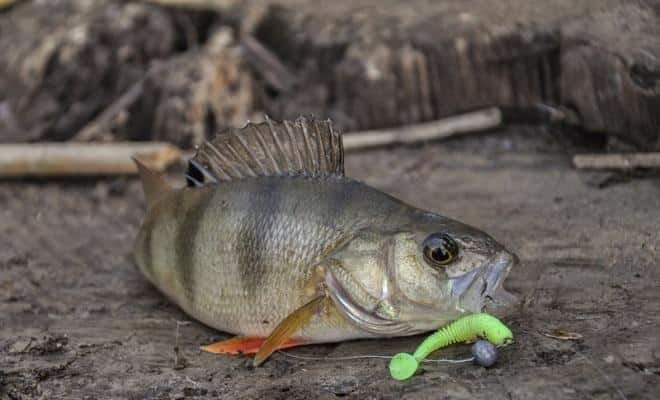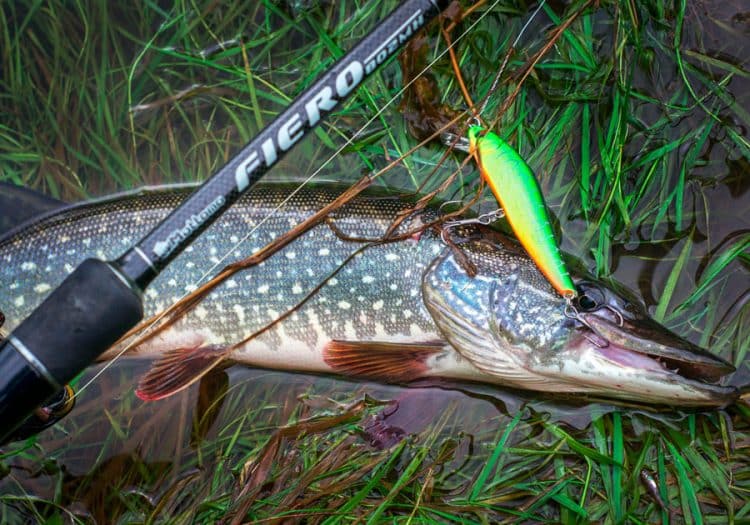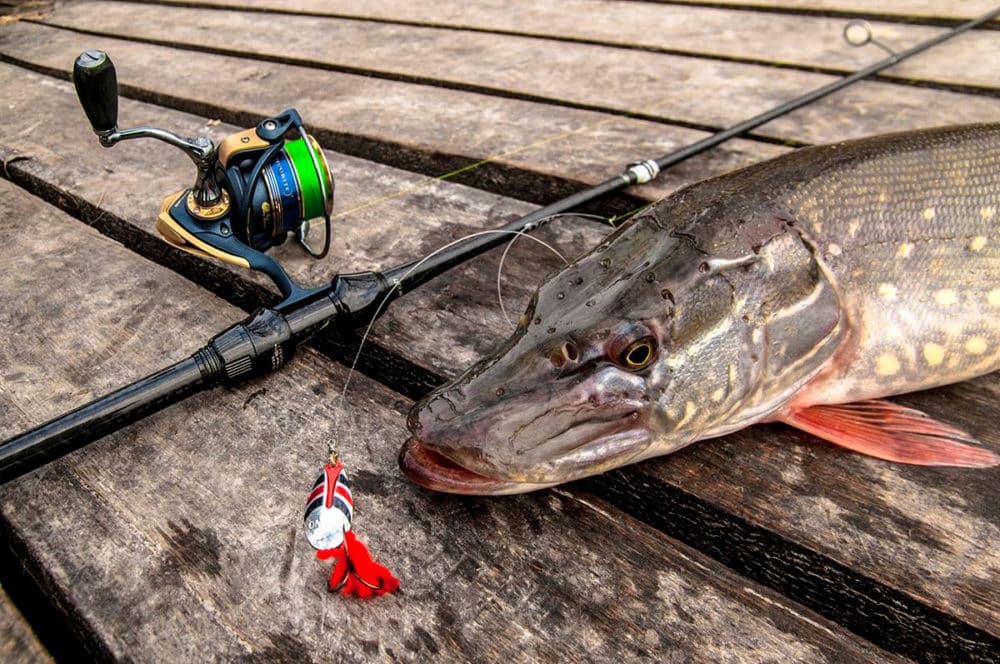Microjig is a type of jig fishing that uses the smallest lures (0.5 – 2 inches) and delicate tackle, most often with a dough of up to 5 grams. Belongs to the ultralight class (UL).
The so-called nanojig is distinguished as a separate class. Fishing with the smallest lures using jigs from 0.05 grams to a maximum of 1 gram. With all its similarity, this type of spinning has a lot of differences and you should not mix these concepts. Everything is different here – the tactics and strategy of fishing, the choice of tackle and lures, philosophy in general. And we will return to this issue separately.
In this review article, we will try to reveal the basics and some secrets of microjig fishing in sufficient volume for beginners – we will consider the exciting questions of beginners. Starting from choosing equipment and collecting the first ultralight tackle to the first casting and playing fish. What is important to know when fishing with microjig lures, how to choose and serve them to fastidious fish, what is the ultralight’s strategy and philosophy?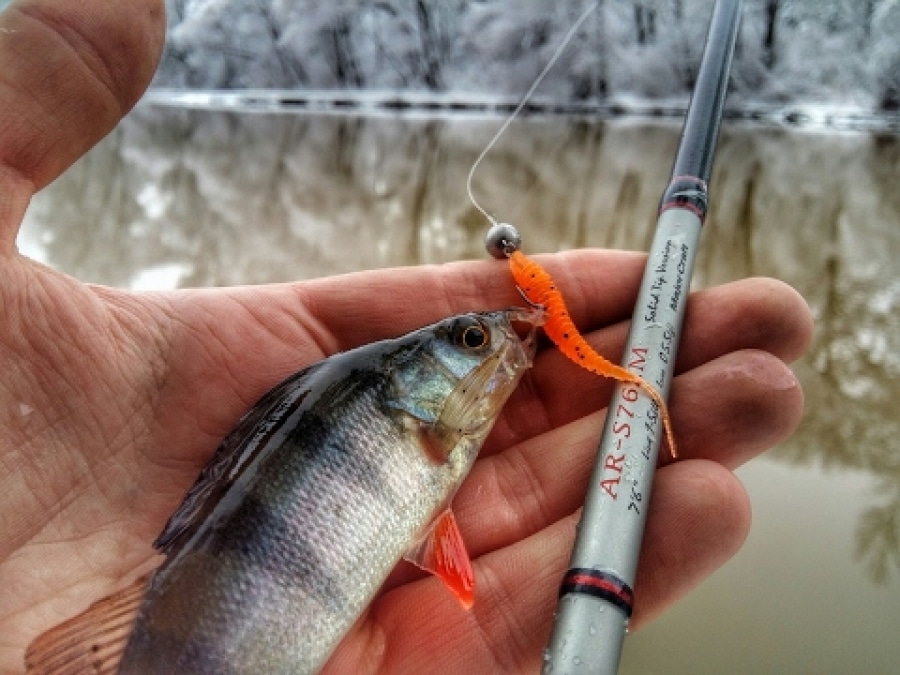
- What caused the wave of popularity of microjig and the growth of the population of “microjigits”
- What can be prey
- Putting together the first micro-jig tackle
- Form
- Coil
- Cord / monofilament
- Fittings
- Microjig baits
- How to fish with microjig – a necessary educational program for beginners
- Microjig wires
- Fishing tactical scheme: search, feed, weather
- A few words about equipment
- Поделиться ссылкой:
What caused the wave of popularity of microjig and the growth of the population of “microjigits”
Microjig fishing is gaining popularity among spinning anglers, like an epidemic that literally swept all anglers, and there are several reasons for this:
- The species composition of the possible production. It always remains a mystery who will be on the hook. An ubiquitous perch , a toothed herb, or maybe quite a peaceful silver bream, carp or tench?
- The number of bites on the lightest tackle and small lures is incomparably greater than that of older brothers in arms.
- The pilot and micro-jigit enjoy every fight, even a small predator or “white” on the finest tackle gives an active fight.
- Microcrushers are caught in any body of water, at any time and any fish – predatory and peaceful. This is especially important for city dwellers, who manage to fish in more serious reservoirs and more serious fish only on vacation. And on ultralight you can fish in almost any puddle within the city in the evening after work.
- Minimum of all necessary equipment. Tackles, baits, additional uniforms. And this is comfort and mobility, which gives additional opportunities to the spinning player.
- Relative cheapness. If quality tackle for microjig is comparable in cost to tackle in other directions, then there is no need for additional equipment and equipment. A boat, an echo sounder, a satellite navigator, expensive wobblers are not needed by a microjigit.
- The ultralight spinning rod evokes emotions that are sharper and more memorable than other fishing methods. And this is the main pillar of the popularity of microspinning.
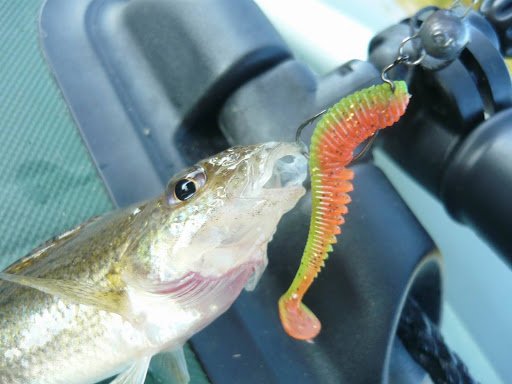
Modern microjig has ceased to be the lot of only athletes, now it is truly a folk method of fishing!
What can be prey
One of the Uletchik’s advantages is that the species composition of his catch is unlimited only by predatory fish. Quite often peaceful representatives also come across microjig baits.
Of course, the main trophy when fishing with microjig tackle is the ubiquitous perch, which is caught throughout the season. You can catch it on the edges, along and above underwater vegetation, on bays and currents.
Also, from early spring to late autumn, pike, pike perch, chub and roach come across on edible microsilicone, zhereshat do not disdain.
But besides this, throughout the warm water comes a conditionally peaceful and peaceful fish – rudd, roach, silver bream, sabrefish, grayling, trout, bastard, crucian carp and even tench. The last two, however, are most often for the most nanojig silicone mikrushki and tiny foam rubber.
A very reckless and exciting microjig fishing for schooling sabrefish in early spring, when it rolls down from the spawning grounds.
Putting together the first micro-jig tackle
Micro-jig gear should be light and perfectly balanced.
The lightest rods with a test of up to 2-5 grams, miniature reels 800-1000 according to the Shimano classification and the finest monofilament lines or slippery braids are used.
It is a whole science to assemble microjig gear. And we will consider this issue in detail in separate articles. Now let’s go over the basics.
Form
Fishing takes place at short distances, and therefore there is no need for long spinning rods. The optimal length will be in the region of 1.9-2.2 meters. The advantage of such rods is that they are the most sensitive and allow you to control every meter of the line – in microjig, high sensing is the maximum value.
Also, such sticks are as light as possible, elite models weigh 70-100 grams. Working with such is a pleasure – you don’t get tired fishing all day.
There are such sticks in all series aimed at ultralight fishing. Top class from Zemex, Major Craft, Graphiteleader, Evergreen, as well as budget Favorite, Crazy Fish and others.
Since microjig fishing has to work with the lowest possible weights, the test should be in the region of 0.5-5; 1-7; 2-10 grams.
It should be borne in mind that UL spinning rods can have two types of tips, which greatly distinguishes them in their work and behavior during wiring and casting on different types of lures from the test range:
- Glued (Solid) nod-type tip. Solid and very responsive. Works especially well in the early-mid test range. Closer to the top, it begins to fall through. Does not accept aggressive jerk leads in the upper range. Let’s say on solid with the stated test 0.5-5 it is comfortable to work with weights of 0.6-3 grams. At higher weights, the tip bends completely and recovers only when it touches the bottom. We recommend such sticks only to those anglers who have already gained some experience in microjig, or plan to fish with jigs, nanojig lures.
- The classic hollow tip of the tubular (tubular) . The standard works best in the last three quarters of the test and even has a headroom. That is, it does not fall through if the weight of the bait is higher than that stated by the manufacturer. In addition to micro-jig, it allows you to pull wobblers and spinners. This is a better option for beginners who only want to master microjig fishing.
In microjig fishing, the previous factor is more important than the structure of the spinning rod as such. It is only worth noting that a microjig spinning rod should cast microbaits with ease. What is worth either checking personally, if possible (for example, at many specialized exhibitions you can try casting and playing a blank on improvised pools), or read reviews on the forums, or take tackle from familiar colleagues.
For beginners, a fast build is often recommended, but this is not a dogma. Since it should be borne in mind that with the form of a semi-parabolic system, you can throw the bait farther and better track its behavior. But such a stick is more difficult to work on a scale close to the top one declared for a particular model. Such a spinning rod begins to fail strongly, which does not allow fishing with all the comfort. This is worth considering.
A specific model should be selected so that it fits in the hand, paying attention to the price tag, and also proceed from the possible fishing conditions.
Coil
When choosing a reel, the basic rule is the perfect balance under the rod.
It is also important that the spinning reel is as compact and light as possible. It is desirable to have the latest technologies that improve the quality of casting, allow you to clearly lay the line without dips and sags, prevent overlaps and twisting of the line. Such reels are available from Shimano, Daiwa, Spro, Ryobi.
The Shimano dimension of 1000 is the most common variant among “flyers”.
It is good if the reel has several replaceable spools, which will allow you to quickly change the diameter of the line / braid based on the fishing conditions.
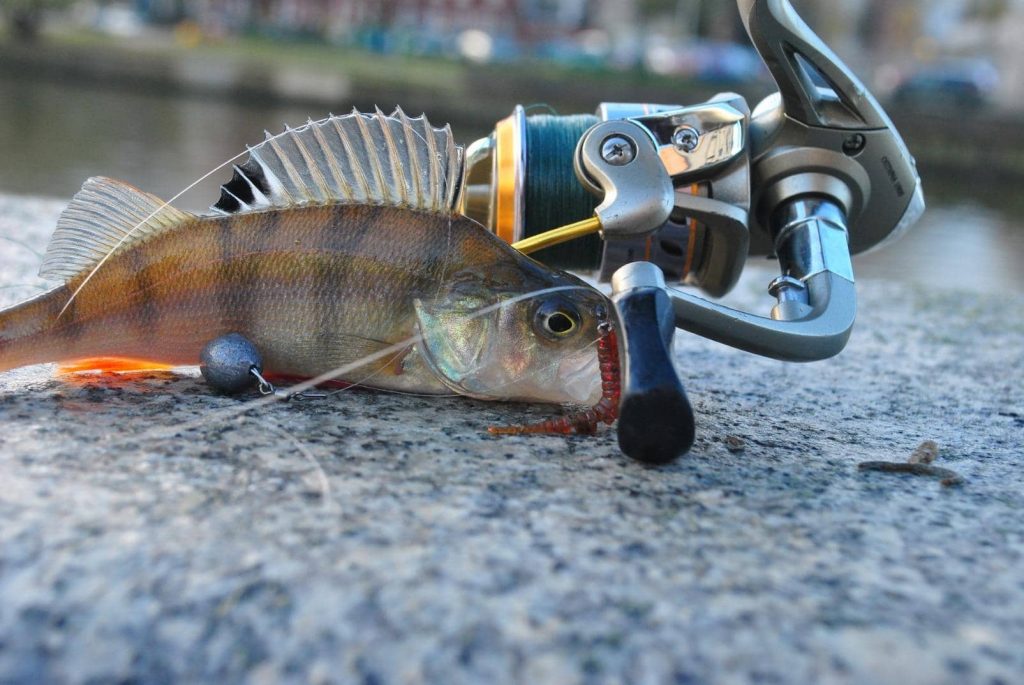
Cord / monofilament
Both monofilament line and the thinnest slippery line can be used. The mono-line allows you to further throw the lightest bait and smooth out the jerks of the fish, while the cord allows you to better track the bite and make high-quality animation.
But it should be borne in mind that the advantages of a braided cord are manifested on scales from 4-5 grams and above, with smaller sensitivity and sonority of the braid disappear – in the hand, the work of the bait can be felt only by nuance and with due experience.
And of course, fishing line is almost always preferable when fishing for peaceful fish, neat in their bites. It is more invisible in the water, and also stretches, which makes bites more active and confident. The braid immediately gives resistance to the fish and often the bait is spat out after the first poke.
Fluorocarbon is also popular, it is harder than fishing line, but almost invisible in the water. It can be used both as a leash and as a main winding. Allows you to better track the behavior of the bait and bite, but at the same time having the positive qualities of the fishing line.
It is worth choosing based on specific conditions, for this a set of spools will come in handy. On super low weights – definitely fishing line or fluorocarbon, on medium weights come from the gear as a whole, transition weights of 5-7 grams and above already work better with cords, although the line is not excluded.
Fittings
Accessories (various types of fasteners, for example fly fishing) are used either in the smallest numbers 000, or all the lures are knitted directly to the line. There is no need to use swivels and winding rings in microjig.
Choosing a spinning rod for ultralight is not an easy task, especially for beginners. You need to pay attention to many different factors without overpaying too much.
Microjig baits
The lightest and smallest baits are used – various vibro-tails, twisters, crustaceans, slugs, worms, larvae and other krakozyabry.
The vast majority of micrushniks prefer edible baits to the usual ones.
There are a lot of specific baits. It is not possible to review them within the framework of an overview article for a beginner. We recommend purchasing several different sizes (1-2 inches), shapes (worm, slug, nymph, twister, vibrotail, crustacean), flavors (garlic, anise, salt) and colors (acid, Coca-Cola, lube, color with sparkles, muddy colors, light and dark natural) from trusted manufacturers, not necessarily top ones. You should not immediately chase the price without trying and understanding for yourself all the charms of microjig.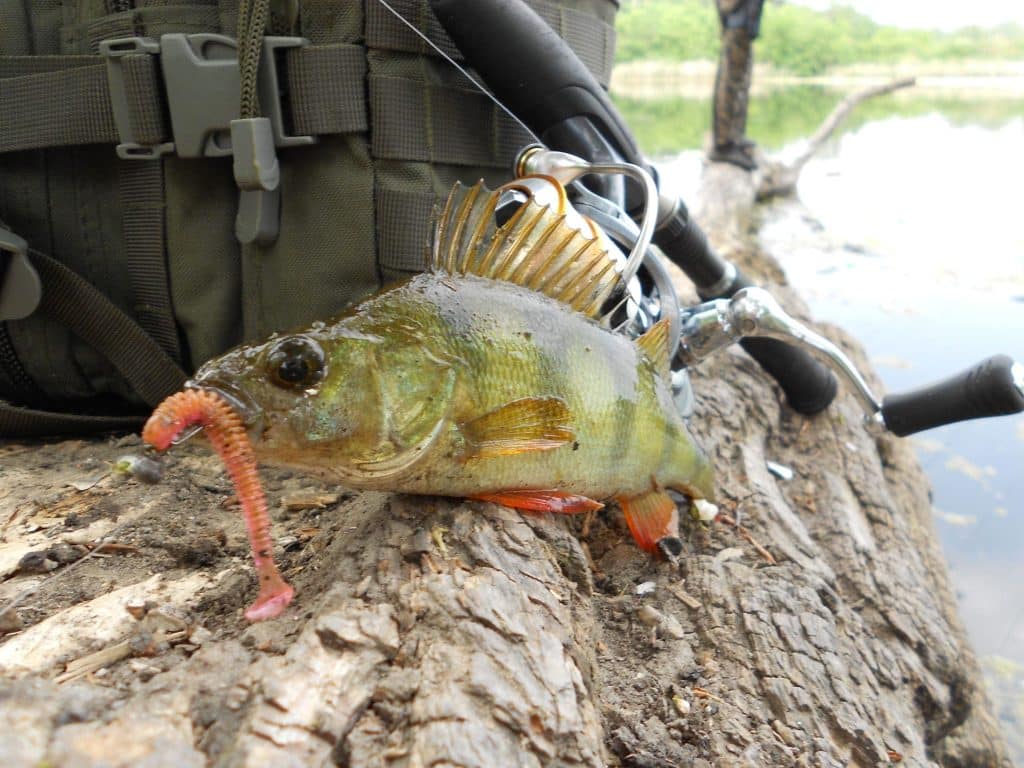
We recommend the following manufacturers:
- Lucky John;
- Bait Breath;
- Crazy Fish;
- Fanatik;
- Kosadaka;
- Mann’s and others.
Ears and ordinary jig heads, jigs and pellets, clamped on the forend of the hook, are used as a weight.
Weight fluctuates in the region of 0.5-7 grams, and the most popular microrough in the region of 2-3 grams.
Small tungsten jigs are very good – they are compact and long-range, in comparison with lead counterparts.
Eared sinkers are attached using regular hooks or offset hooks.
The following hooks are suitable:
- Owner Slim Offset 10, 12 numbers – small offsetniks of a standard form;
- Owner S-59 – with a large ear for standard eared rig;
- Owner offset 5109 – small offset baits for the smallest lures;
- Owner Offset 5133 Down Shot Offset – good for worms and slugs;
- The Varivas Inch Hook Regular is a series of microjig offset hooks.
- Decoy Single Hook 26 is the popular Decoy series for non-snag installations.
Among the producers, we note Dekoy, Ovner, Jamakatsu. This is quality, sharpness and a large assortment.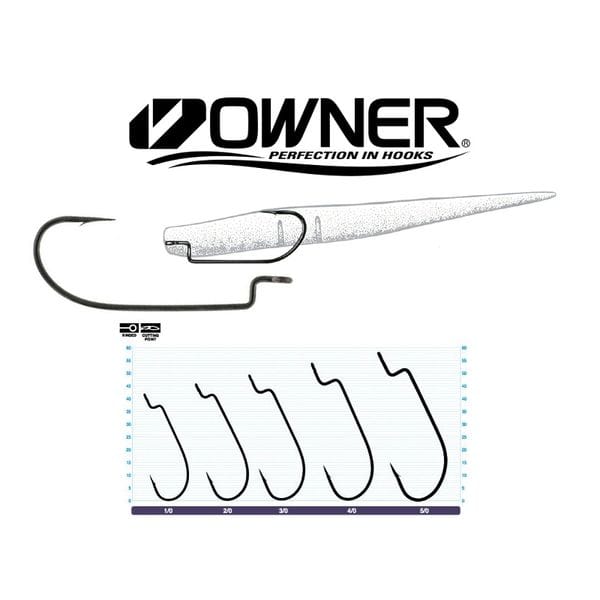

Accessories for microjig baits:
How to fish with microjig – a necessary educational program for beginners
This is not to say that microjig is the most interesting or outstanding spinning fishing method. This is just another method and method, for the development of which it is not enough to collect a suitable tackle, you need to understand it from the very beginning in order to feel the beauty of such fishing.
The play of the bait, the line and the bite are most often tracked by the tip (in the presence of a line and larger baits) and by the sag of the line on the smallest scales. It is important to be able to track and separate the behavior of the bait from the bite of the fish, this comes with experience.
Any unusual line behavior is a bite.
Microjig is short-range but accurate casting, almost always. It is often necessary to throw in local perspective points. Therefore, the casting technique, especially for beginners and on new gear, is better to hone on land.
If a perch or other fish often comes off, it is worth changing the line to line / fluor, and the bait to a smaller one.
Crucian carp for ultralight:
Microjig wires
In microjig, it is important to master as many animations as possible. This will allow you to vary the behavior of the bait and cause the fish to grip.
Three methods are used – playing with a reel, pulling with a rod or their combination on the same wire.
Short rhythmic jerks with or without pauses provoke well for the grip of perch, pike and zander.
For the perch, a double jerk is also good, a pause of 1/2 second and a repeat.
For peaceful fish, even active bait tracking is also used, as well as various animations almost in place with a play in the water column, if these are slugs / worms and other passive baits. There is such a dance with a bait with a minimum speed of retrieval in the horizontal component of the lead.
A passive predator responds well to movements of the bait at the bottom, without active jerks.
A classic step along the bottom or in the water column is possible either on a scale of 3 grams or more, or with the most delicate quality tackle, or by monitoring the behavior of a sagging fishing line – but this last method of bite indication is suitable for a sophisticated angler – microjigit.
You should not wait for a bite in the hand on a characteristic microjig on a low scale!
Also, animations with simultaneous rotation of the reel with pauses and playing with the rod with the help of jerks and pulls of various frequencies and amplitudes will be a good provocateur. This is a laborious and technically complex process, but it gives excellent results.
In general, it is good to vary the types of animation within one wire and select a new set of animations on each new wire. We play with bait and a game with fish – who wins?
Microjig fishing for perch in spring:
Tricky microjig wiring for a perch in a video master class from an expert:
Fishing tactical scheme: search, feed, weather
A good result when fishing with microjig gives a constant movement across the reservoir in search of promising camps. Beginning microjigoviks, having adopted the experience from “hard” fishing on channel or pit pike, can beat with casts even a promising place for hours – this is the way to nowhere. You need to move on if there are no bites after 5-7 casts.
If such a catchy place is found, you need to purposefully shed it with accurate accented casts, but also not staying on it for a very long time – this is boring and not promising in terms of finding new more interesting points / fish. So, for example, you can switch from a perch to a flock of rudd, then find a larger perch, and then find a parking lot for a grass pike and vice versa.
Microjig – movement!
Also, do not forget about changing lures – active / passive, shape, size, color can all play a role in microjig fishing. The fish quickly gets used to one bait and stops actively responding to it. Therefore, it is necessary to either change the place of fishing, or change the bait, or both.
Good results are obtained by fishing in the rain, especially when it follows a prolonged heat and there is a drop in air and water temperatures.
The movement of schools of perch, rudd, roach can be tracked by the behavior of seagulls, which are always circling over schooling fish, and literally follow on the heels of such cauldrons.
A few words about equipment
In microjig fishing, the spinning player usually gets by with much more laconic equipment than in the usual one. You just need a small box for bait, and a vest where you can put it, and a spare spool.
The only thing that is absolutely necessary is a wading suit, since fishing is often carried out from the water in order to win a few meters in casting distance. Also, the wading allows you to overcome the overgrown banks, which is simply necessary when fishing with the most delicate rods – they cannot tear the grass with them. Thus, you can save more than one bait, as well as not exhaust the rod, reel and … the angler.
A boat will be a good substitute for waders or wading, but this is not always available, especially for a weekend angler.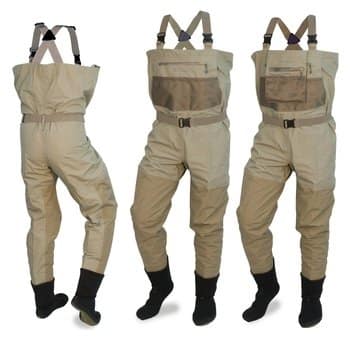
Also, it will not be superfluous to have polarizing glasses for comfortable tracking the behavior of the bait on a sunny day, a diamond file for sharpening hooks right on the water and scissors for fishing line.
Micro-jig fishing initially puts the angler in a situation in which the fish has an advantage and it is doubly pleasant to win such a fight. Emotionally, a kilo pike on an ultralight tackle causes a release of endorphin more than a treshka on a draft stick.
A beautiful victory (as well as an offensive defeat) will be remembered for a lifetime. Microjigit catches fish almost always, fights in every fight and waits for his bird to be lucky in the form of a fight with a worthy opponent on the verge of a foul!
Microjig is passion, delicacy, tenderness and grace in everything. It is also an opportunity to fish and catch fish without leaving the city after or before work.
